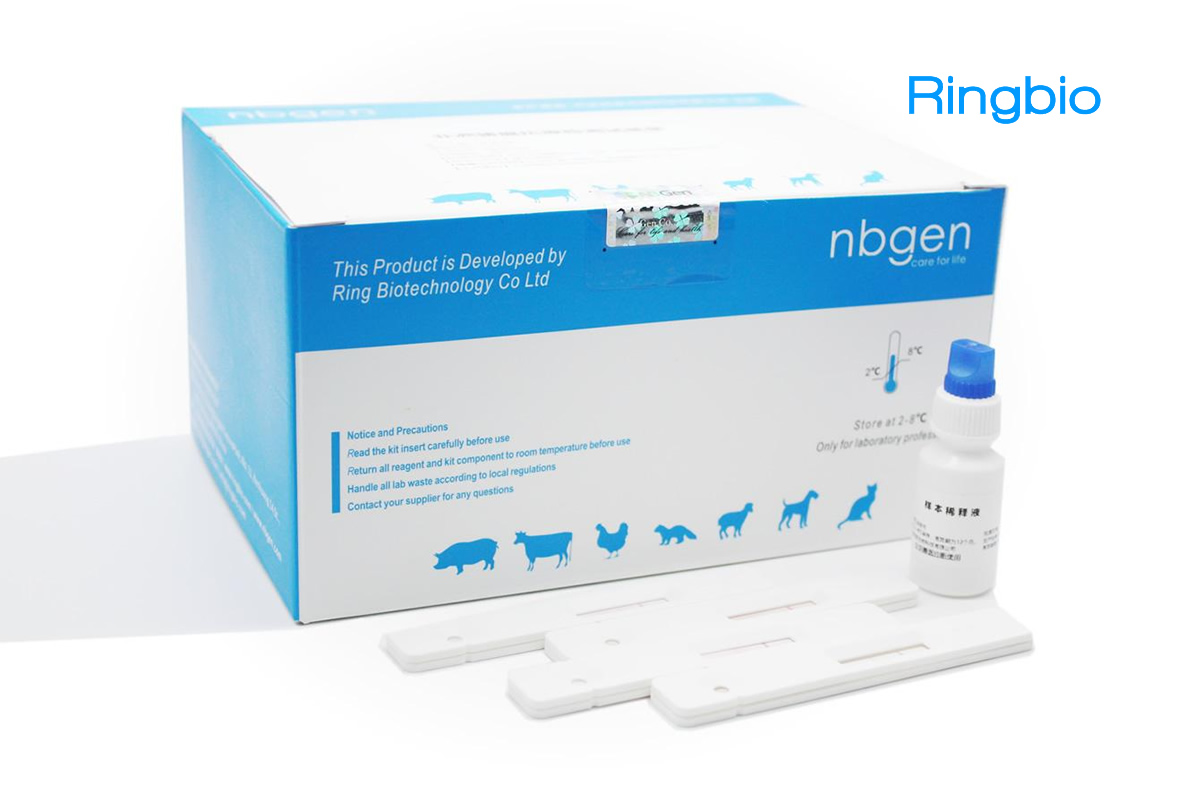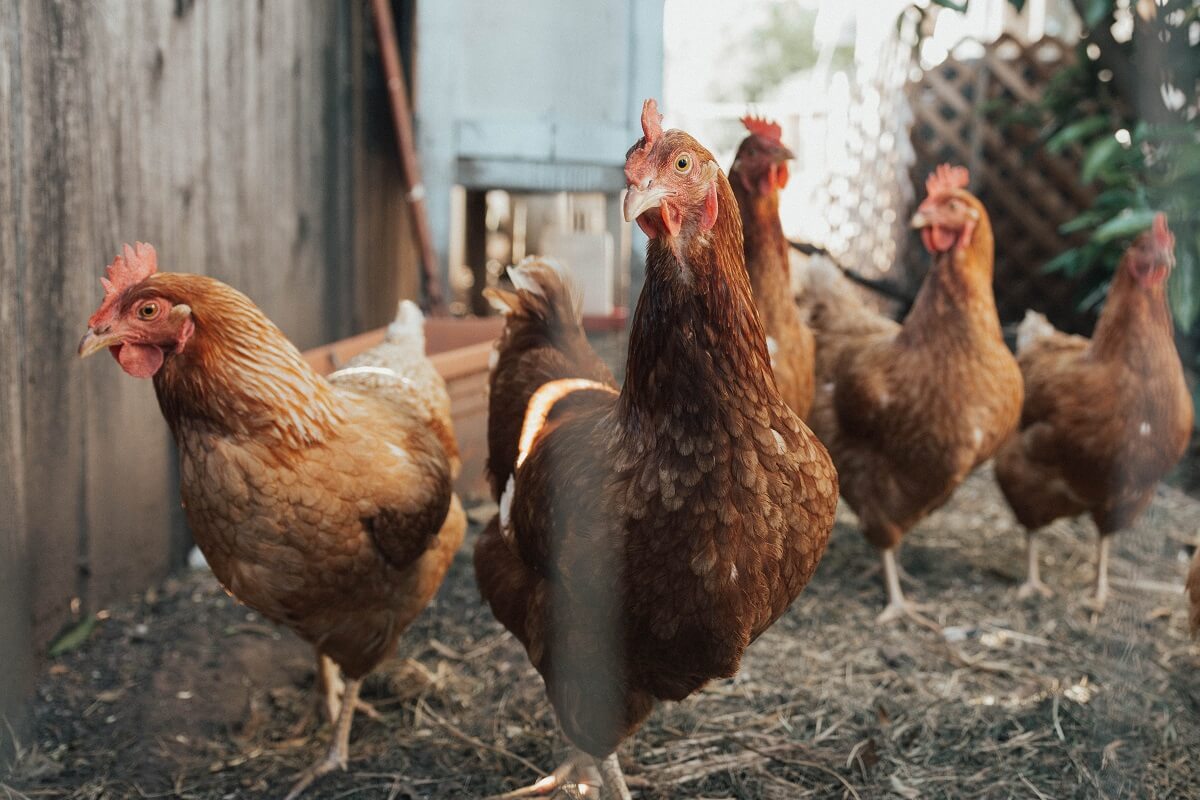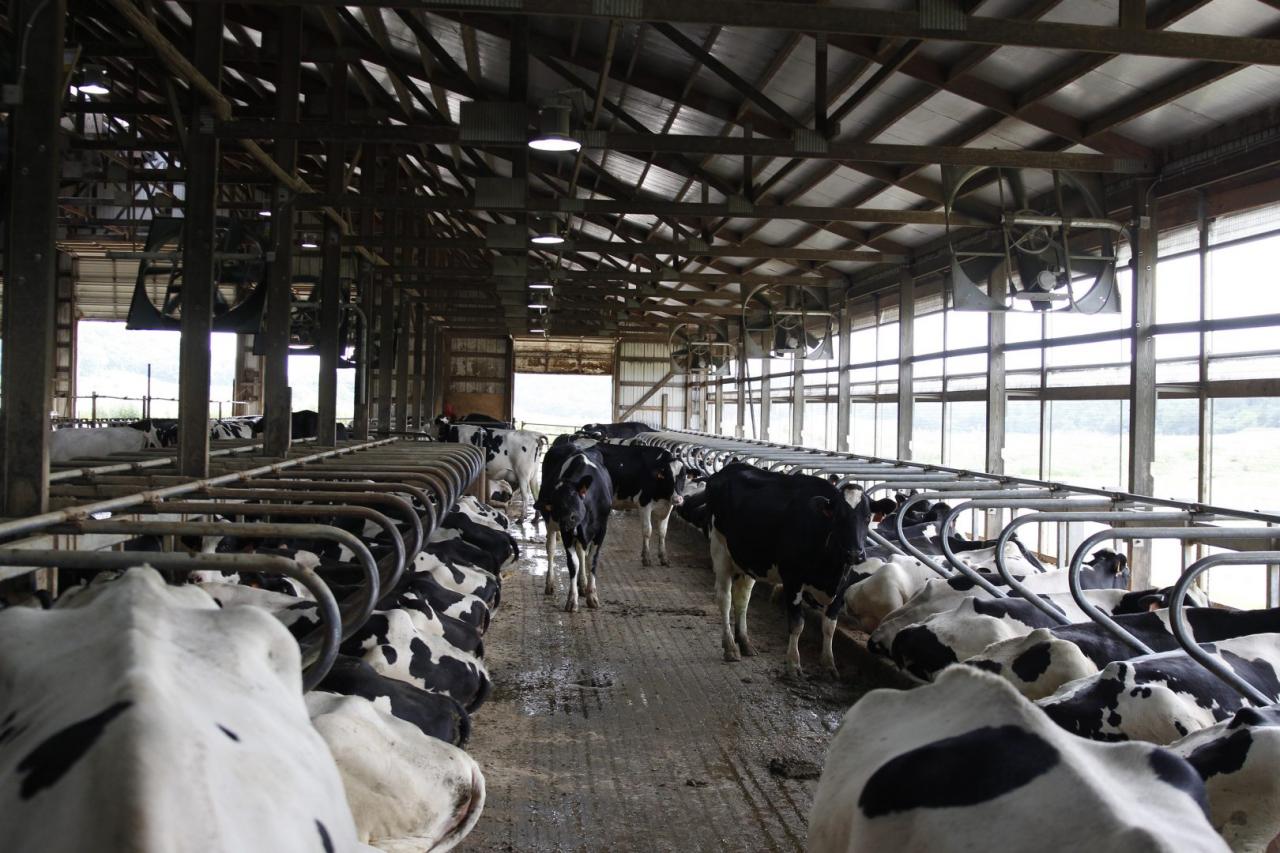
H5N1 in milk has emerged as a potential public health concern, raising questions about the risks associated with this virus in our food supply. This article delves into the nature of H5N1, its presence in milk, and the methods used to detect and manage this virus, providing valuable insights for consumers and industry professionals alike.
Understanding the risks and detection methods for H5N1 in milk is crucial for ensuring food safety and protecting public health. This article provides a comprehensive overview of the topic, exploring the potential risks, detection methods, risk assessment and management strategies, case studies, research efforts, and public health communication related to H5N1 in milk.
Overview of H5N1 in Milk

H5N1 is a highly pathogenic avian influenza virus that can cause severe respiratory illness in birds. It is a significant concern for the poultry industry and can also pose a risk to human health. The virus can potentially enter the milk supply chain through infected poultry or contaminated equipment.
Understanding the risks associated with H5N1 in milk is crucial for public health and food safety. Detecting the virus in milk is essential to prevent its transmission to humans and mitigate potential outbreaks.
Examples of how H5N1 can enter the milk supply chain include:
- Infected poultry shedding the virus in their feces or respiratory secretions, which can contaminate milk during milking.
- Contaminated equipment used in milking or milk processing, such as milking machines or storage tanks.
- Exposure of milk to wild birds carrying the virus.
Conclusive Thoughts: H5n1 In Milk

In conclusion, H5N1 in milk poses potential risks to human health, but effective detection methods and risk management strategies are in place to mitigate these risks. Continued research and public health communication are essential to enhance our understanding and prevention efforts.
By working together, government agencies, industry, and the public can ensure the safety of our milk supply and protect consumers from the potential risks of H5N1.






